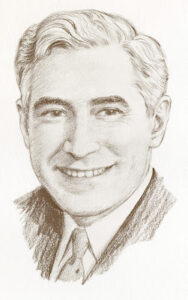
Billiards Legend Frank Taberski
Frank Taberski was born March 15, 1889 in Poland. He immigrated to the United States as a child and grew up primarily in Amsterdam, New York, before moving to Schenectady as an adult.

Frank Taberski was born March 15, 1889 in Poland. He immigrated to the United States as a child and grew up primarily in Amsterdam, New York, before moving to Schenectady as an adult.

In 1969, Denny Glenn was 18 and made a trip to New York City to ask George Balabushka to make a cue for him, the cue cost him $125.00.
Today, Glenn owns over near 800 cues, some of them the most famous cues in the world. He even owns owns the Herman Rambow cue that Willie Mosconi ran the 526 balls with back in 1954 and the Balabushka St Louie Louie played with back in the day.

In one way or another, shooting pool has always been a leisure activity. And whether you know it as billiards or snooker, carom or pocket, the basic principles of concentration and strategy apply.

In the 21st century, the game’s havens are once again experiencing the kind of identity crisis that often comes with age. Like the former bad boy who succumbs to a bad back and trades in his motorcycle for a Subaru, pool halls are just not as wild as they used to be.

Pool shark Denny Ayers longs for the good ol’ days when players threw punches and swung cue sticks like Louisville Sluggers, when hustlers cleaned out the wallets of suckers and toughs broke fingers of losers who didn’t pay.

Belmont Billiards was started by Pete Smith in 1925. According to his 1972 obituary, before starting the bar, Smith was one of the pioneer engineers at Frigidaire and was instrumental in setting up the Engineering Department at Moraine.

Few people know that when the Michigan Union was erected in 1919, it boasted a bowling alley, bar, swimming pool, barber shop, hotel rooms and much more.